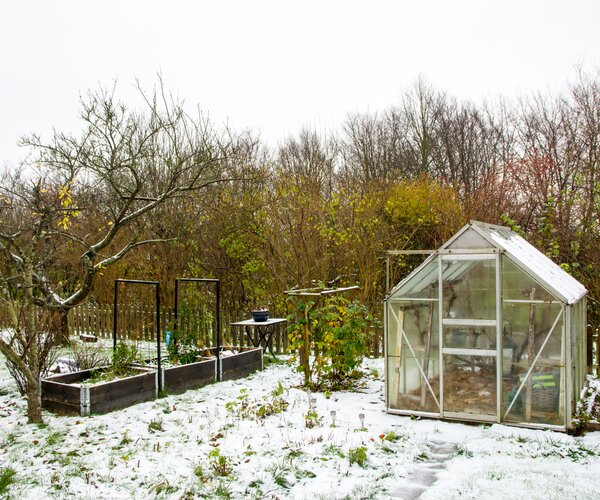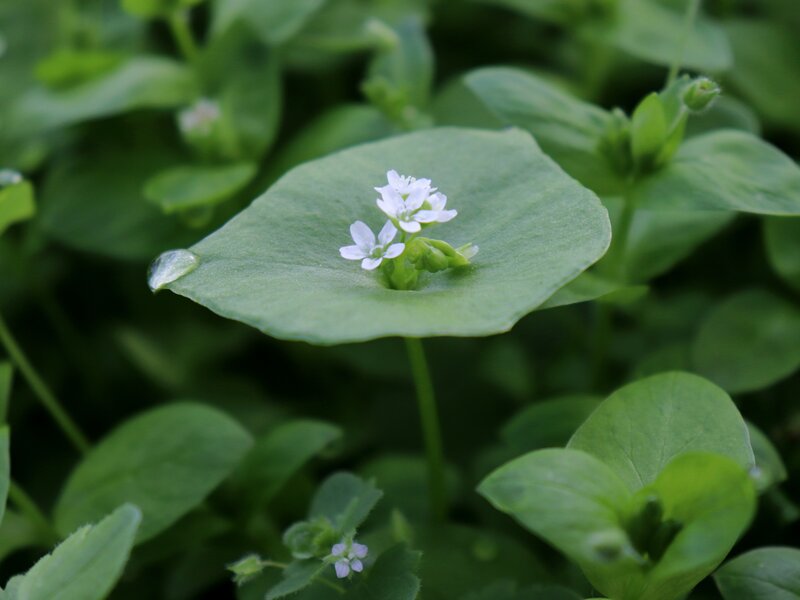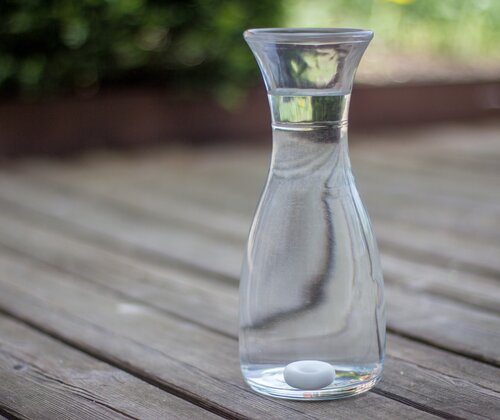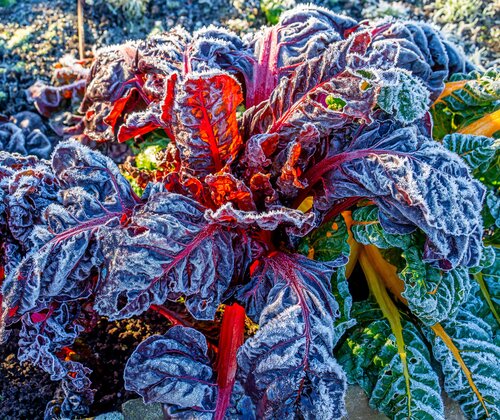
Winterise your beds – how to get your garden ready for winter!
Autumn is the perfect time to prepare your vegetable patches for next spring. A little effort in the autumn will save you a lot of work in the spring, while also ensuring healthy, nutrient-rich soil. In this article, you will learn how to winterise your vegetable patches and what is particularly important when doing so.

Less work in spring - the advantage of autumn preparation
If you invest time in your beds now, you will benefit from significantly less work in spring. Mulching your beds, in particular, can save you a lot of work. A thick layer of mulch, for example made from leaves, lawn cuttings or straw, protects the soil from frost and wind erosion. In addition, the mulch gradually turns into valuable humus, which nourishes the soil in the long term. Another advantage is that mulch suppresses unwanted weeds.
Warning: Never use bark mulch or wood chips! These materials remove nitrogen from the soil as they decompose, which can acidify the soil. Foliage, lawn clippings and straw are ideal.
Warning: Never use bark mulch or wood chips! These materials remove nitrogen from the soil as they decompose, which can acidify the soil. Foliage, lawn clippings and straw are ideal.

Do not leave empty beds unprotected
Even unplanted beds should not be left unprotected during the winter. There are two good options here:
- Apply a thick layer of leaves as mulch: the leaves protect the soil and slowly decompose, creating humus in the spring.
- Sow green manure: plants such as winter rye or yellow mustard ensure that the soil remains covered. This green manure improves the soil structure and prevents erosion.
When choosing green manure, you should pay attention to the crop rotation. For example, mustard or rape should not be sown on cabbage plants, as both plants are cruciferous. Also, lupins or clover should not be sown on beds where beans were previously grown, as they are all papilionaceous plants. A real all-rounder is phacelia, which develops quickly and also provides late nourishment for bees.
As an alternative to green manure, you can also sow winter purslane, which you can harvest as a tasty winter salad.
If you would like to learn more about which winter vegetables you can plant now, read our blog post on the subject.
Autumn soilcare – the basis for the coming year
In addition to mulching and green manuring, it is important to prepare the soil for the coming months. Particularly heavy soils should be turned over in autumn so that frost and winter moisture can loosen the soil. Mix in compost, bokashi or rock dust to improve the soil.
Long-term crops such as asparagus and strawberries can remain in the bed and should be protected accordingly. Cabbages can often be left in the ground over winter and harvested.
It is important to remove diseased or damaged parts of the plant to prevent diseases and pests from taking hold in spring.
Slow release fertiliser – supply nutrients for the spring
Another important step is to incorporate long-acting organic fertilisers such as compost, bokashi or horse manure. These fertilisers will slowly decompose over the winter, enriching the soil life and releasing nutrients over the months that will be available to your plants in spring.
Another important step is to incorporate long-acting organic fertilisers such as compost, bokashi or horse manure. These fertilisers will slowly decompose over the winter, enriching the soil life and releasing nutrients over the months that will be available to your plants in spring.
Conclusion: don't leave beds unprotected
The most important thing when winterising your beds is to not expose the soil to the cold weather without protection. Whether you opt for mulch, green manure or winter vegetables, the main thing is to keep the soil covered and out of the harsh weather during the cold months.
Prepare your beds well and look forward to a successful spring!
The most important thing when winterising your beds is to not expose the soil to the cold weather without protection. Whether you opt for mulch, green manure or winter vegetables, the main thing is to keep the soil covered and out of the harsh weather during the cold months.
Prepare your beds well and look forward to a successful spring!


EM ceramics have antioxidant properties that can help you in your home and garden. You can use them to revitalise drinking and irrigation water, store food, improve the quality of pond and pool water and strengthen your plants. But how does it actually work? In this article, you will learn from Barbara Enengel what types of EM ceramics are available, how they work and how you can use them in your everyday life.

Autumn is just around the corner, and most amateur gardeners pack up their tools and say goodbye to the gardening season. But for those who want to enjoy fresh vegetables all year round, growing vegetables in winter is an exciting option. With the right planning and the use of Effective Microorganisms, you can also harvest your own vegetables from the garden in the colder months. We have put together a few tips for you here.
